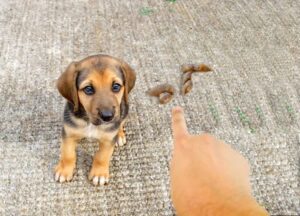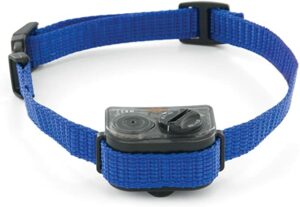This is Beagle Boot Camp – Your one-stop source for valuable Beagle training tips!
Whether you are a brand new, first-time dog owner or a veterinarian, it’s important to know where to start. Understanding your dog’s needs and how they learn will help you and your Beagle get the most out of the time you spend together.
Many people mistakenly believe that dogs are smart and learn the same way people do, but this is not true. While dogs do have a certain intelligence of their own (and this includes Beagles), they learn by reacting to the situation and environment using their built-in instincts.
First, you have to remember that dogs are pack animals, and this is especially true for Beagles. They are programmed with certain instincts, among which being accepted as part of a pack is one of the strongest. Using Beagle training tips successfully means learning how your dog responds to your pack.
When your dog exhibits negative behavior, don’t scold them or yell at your dog. This is confusing to your dog and will just lead to more problems later. Instead, you’ll need to learn how to read your dog and mold how he expresses himself instinctively.
Core Beagle Training Tips
Remember to start with the basics. This will make the training process easier for you and your dog. Making some quick progress at the beginning is a great way to give your dog a confidence boost and it won’t hurt for you, either!
1. The Crate: For a new puppy and even later in life, your Beagle’s crate will feel like home if he is acclimated to it properly. Be sure to spend time each day with your puppy while he’s in his crate. This will help him develop a sense of security and to be relaxed when he’s in his new home. The crate is also a great tool to use in housebreaking a new puppy, as well as for controlling barking and relieving anxiety. Just don’t use the crate as punishment. You don’t want your dog to associate his home with bad behavior or guilt.
2. The Alpha Dog: Your dog is part of your pack, which is your household. Each member of your household has a position in the pack and it is important to teach your puppy upfront that you are the Alpha Dog, not him. Remember that the burden of training falls on you, not on your dog. As you teach your dog that you are in control, he will relax and follow commands faithfully, knowing that you are his protector. If you don’t get this right, your dog will be confused and it will cause all sorts of behavioral problems in the future.
Check out this book on Amazon: Raising the Perfect Puppy: The Practical Guide on How to be Your Own Dog Whisperer
3. The Leash: Teaching your dog proper leash manners will put him into a calm, controlled state where he is ready to respond to your every command. Proper leash obedience will have your dog respond without getting overly excited or by pulling on the leash. The most common leash issue is pulling and this is usually caused by allowing the dog to get too excited before a walk, allowing the dog to run free when he needs control and allowing the habit of pulling to go unchecked as you take more walks. If your dog starts to develop this bad habit, the best way to stop it is to make the dog sit and wait before walking. Do this at the start of each walk and along the way each time your dog starts to pull. He will start to associate pulling with stopping his walk and before too long he’ll be calm and relaxed, knowing that this is the behavior that allows him the freedom and joy of going for a walk.
4. Obedience: Enrolling in an obedience class with your new dog is a great way to supplement your at-home training program. If you are a new dog owner, this will provide hands-on, how-to training from an expert to help you avoid pitfalls and learn how best to train your dog. Even if you are a veteran dog owner, you can always learn something new and it’s also a great way to acclimate your dog to other dogs, people and situations.
In an obedience class, you’ll learn how to assert yourself as the alpha leader of the pack. You’ll learn how to display control so you and your dog are confident and you’ll learn how to use specific, strong commands that will give your dog clear direction. This is the best way to start out a new puppy, but it can also be a great tool for a difficult older dog that doesn’t behave as you would desire.







